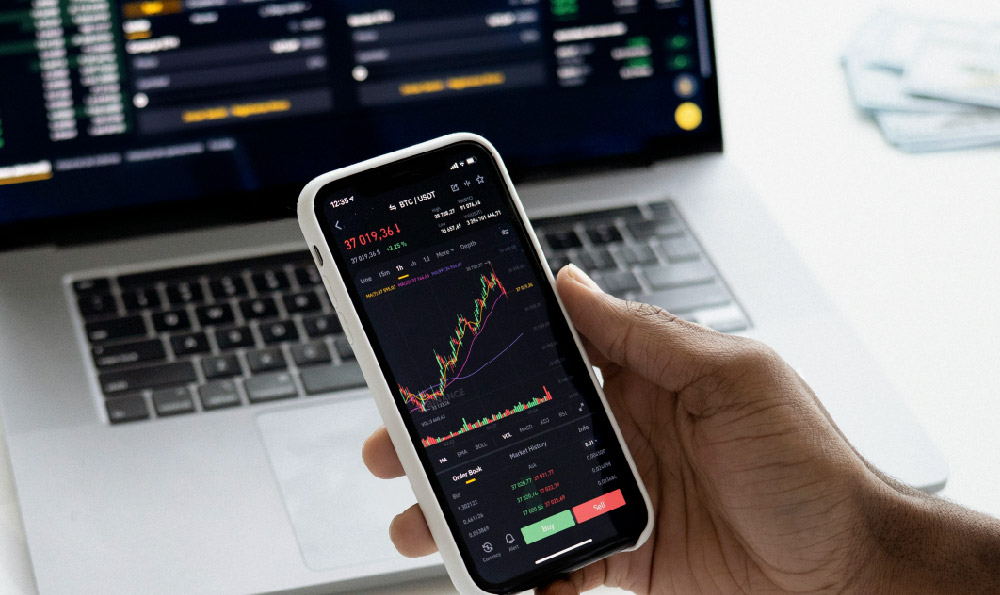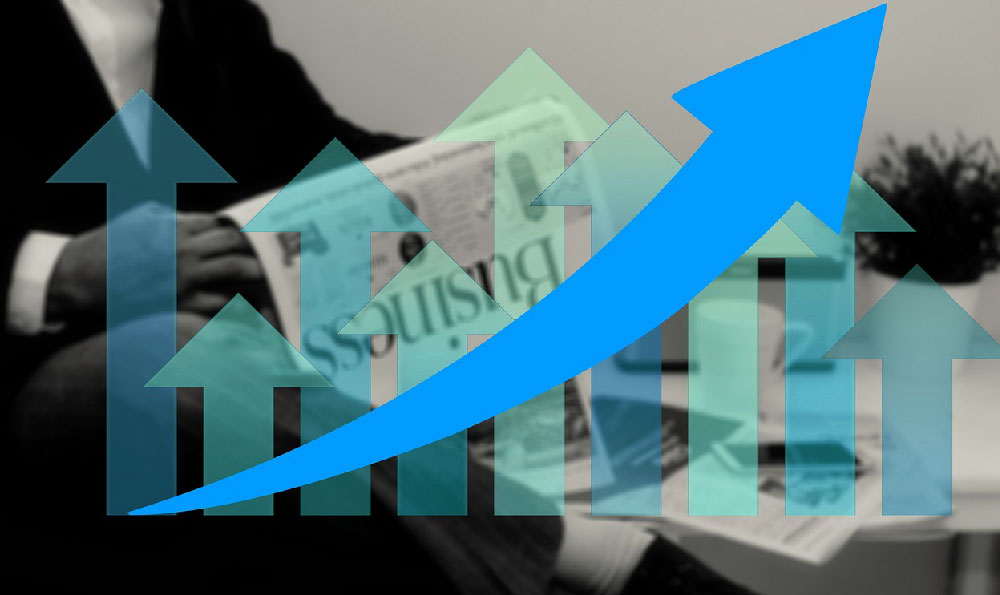Investing in Debt: Where to Start and What to Consider?

Investing in debt, particularly in the context of modern finance, encompasses a wide array of strategies and opportunities. It's a landscape that can appear daunting, but with a clear understanding of the fundamentals and a disciplined approach, it can become a valuable component of a diversified investment portfolio. Before diving into the specifics, it's crucial to recognize that all investments carry risk, and debt investments are no exception. The goal is to manage this risk effectively while pursuing attractive returns.
The initial step is to define what exactly we mean by "investing in debt." In essence, it involves providing capital to entities (governments, corporations, or even individuals) with the expectation of receiving regular interest payments and the eventual repayment of the principal. This can take several forms, each with its own risk profile and potential reward.
One of the most common avenues for investing in debt is through bonds. Bonds are essentially loans made to an issuer, who promises to pay a fixed rate of interest over a specified period and then repay the principal at maturity. Government bonds are generally considered to be among the safest investments, particularly those issued by stable, developed nations. They offer relatively low yields but provide a safe haven during times of economic uncertainty. Corporate bonds, on the other hand, offer higher yields to compensate for the increased risk of default. The credit rating of the issuing company is a crucial factor to consider when evaluating corporate bonds. Ratings agencies like Moody's, Standard & Poor's, and Fitch provide assessments of the creditworthiness of companies, indicating the likelihood that they will be able to meet their debt obligations.

Beyond traditional bonds, the world of debt investing extends to other asset classes, including mortgage-backed securities (MBS), collateralized loan obligations (CLOs), and even peer-to-peer lending platforms. MBS are securities backed by a pool of mortgages, offering investors exposure to the housing market. CLOs are similar, but they are backed by a pool of corporate loans. These structured products can offer attractive yields, but they are also complex and carry significant risk, particularly in times of economic stress. Peer-to-peer lending platforms connect borrowers directly with lenders, bypassing traditional financial institutions. While these platforms can offer attractive interest rates, they also carry the risk of borrower default and the lack of regulatory oversight.
Understanding the macroeconomic environment is paramount to successful debt investing. Interest rates, inflation, and economic growth all have a significant impact on the value of debt securities. When interest rates rise, the value of existing bonds typically falls, as newly issued bonds offer more attractive yields. Inflation erodes the real return on debt investments, as the purchasing power of future interest payments and principal repayment is diminished. Economic growth, on the other hand, generally supports the value of debt securities, as it reduces the likelihood of borrower default.
Before investing in debt, it's essential to conduct thorough due diligence. This includes researching the issuer, analyzing their financial statements, and understanding the terms of the debt instrument. For corporate bonds, pay close attention to the company's credit rating, debt-to-equity ratio, and cash flow. For structured products like MBS and CLOs, carefully review the underlying assets and the structure of the security. For peer-to-peer lending, assess the creditworthiness of the borrowers and the platform's risk management practices.
Diversification is key to managing risk in debt investing. Don't put all your eggs in one basket. Spread your investments across different types of debt securities, different issuers, and different maturities. This will help to mitigate the impact of any single default or market downturn. Consider investing in bond funds or exchange-traded funds (ETFs), which provide instant diversification and professional management. These funds typically hold a portfolio of bonds, allowing investors to gain exposure to a broad range of debt securities with a single investment.
Furthermore, consider the impact of taxes on your debt investments. Interest income is generally taxable, so it's important to factor this into your investment decisions. Consider investing in tax-advantaged accounts, such as 401(k)s or IRAs, to minimize your tax burden. Municipal bonds, issued by state and local governments, are often exempt from federal income taxes, and sometimes from state and local taxes as well. This can make them an attractive option for investors in high tax brackets.
Actively manage your debt investments. Monitor your portfolio regularly and make adjustments as needed. As interest rates change, economic conditions evolve, and the creditworthiness of issuers fluctuates, it's important to re-evaluate your investment strategy. Don't be afraid to sell bonds that are underperforming or that no longer align with your investment goals. Reinvest the proceeds in more attractive opportunities.
Finally, always remember the importance of seeking professional advice. A qualified financial advisor can help you assess your risk tolerance, develop a personalized investment strategy, and navigate the complexities of the debt market. They can also provide ongoing guidance and support to help you achieve your financial goals. Investing in debt can be a rewarding experience, but it requires careful planning, diligent research, and a commitment to ongoing monitoring and management. By following these guidelines, you can increase your chances of success and protect your capital.















